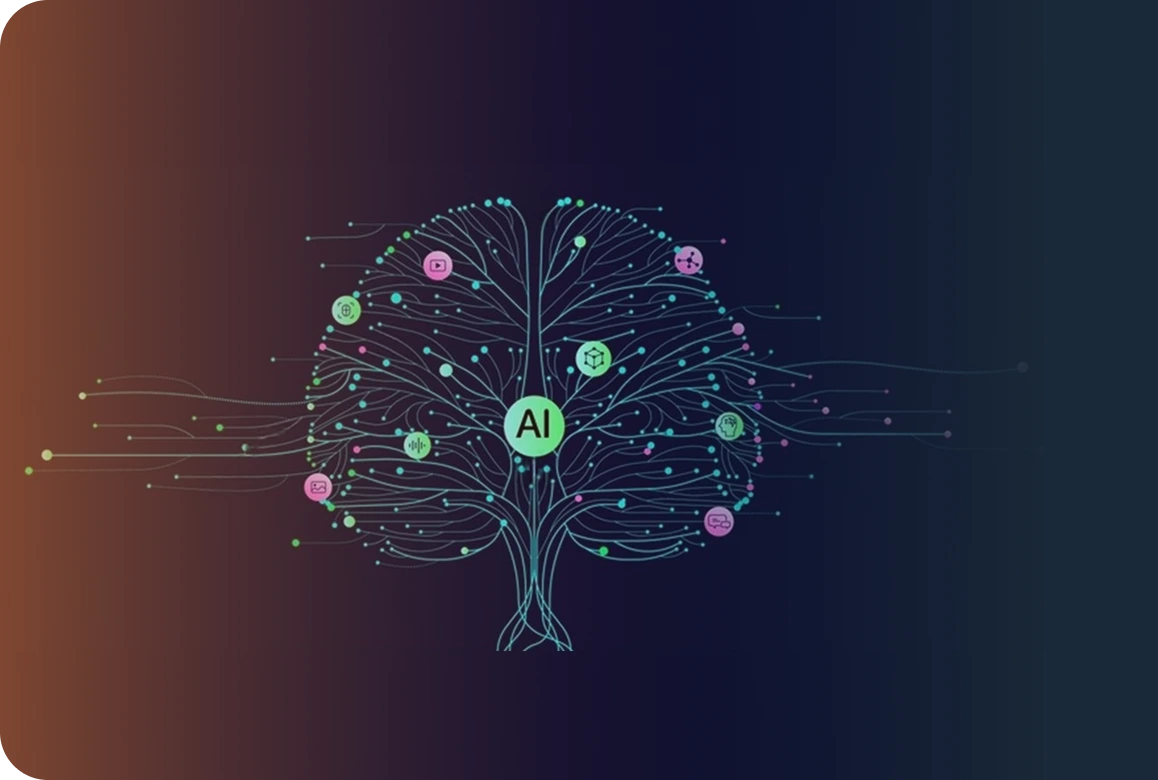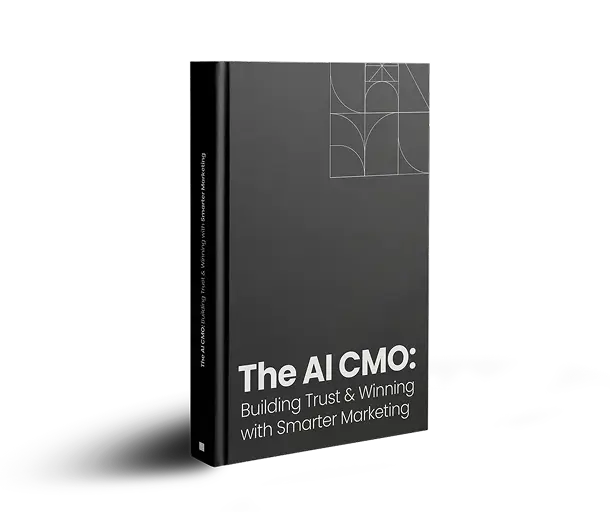Here’s What We Uncovered in our Conversation with Georgia:
UnboundB2B: In the B2B world, marketing and sales are like two sides of the same coin—inseparable and essential. So, how can we harness the power of customer relationships to shape impactful sales and marketing strategies, especially in dynamic global markets like EMEA and APAC?
Georgia: When looking at today’s diversified markets, it is important to make sure that we are addressing regional pain points to effectively shape the sales and marketing strategies. At UnboundB2B, we begin by using customer relationship management tools and customer journey mapping to gather deep insights about each customer’s unique situation.
This helps us customize our communications, ensuring we discuss what’s most relevant to them, using their preferred channels. Good quality conversations, where our messaging is highly personalized and responsive, can turn into sales more effectively. With this being said – the goal is not just about making sales. The key aim should be making sure that as a brand or company we build trusted and valued relationships with customers that last.
This means keeping the lines of communication open, allowing customers to give feedback and acting upon this across product, marketing and sales, as it not only will keep customers loyal and feeling heard, but also ensure we are on the front foot as markets and needs evolve.
UnboundB2B: What are the most common challenges companies face in aligning sales and marketing teams to focus on customer relationships, and how can they overcome them?
Georgia: In my experience, the big one is aligning sales and marketing effectively across both
demand creation and demand capture, ensuring that they share the same goals and utilize the same data for building strong customer relationships across both phases.
Typically, marketing focuses on demand creation (building brand awareness and nurturing leads) while sales concentrate on converting the 5% who are “ready to buy”, capturing existing demand. To make sure this works holistically, it’s important for sales and marketing to share regular strategic updates and insights, ensuring everyone is aligned on how to engage potential customers throughout their entire buying journey.
Using shared metrics and real-time dashboards can help both teams track the full customer journey more effectively. This not only keeps both teams informed on how their actions impact overall company goals but also ensures that strategies are adaptable to both creating and capturing demand. By fostering cross-functional collaboration, companies can create a more cohesive and dynamic approach to customer relationships, maximizing their market opportunities.
UnboundB2B: How can businesses effectively use marketing-generated pipelines to convert prospects into long-term customers?
Georgia: For startups, success comes from thinking long-term. The key is to build a pipeline acceleration strategy that nurtures potential customers over time using opted-in data, strong brand awareness, well targeted value and communication of the proposition in a personalized way.
We know that 80% of B2B buyers will choose to purchase from brands they already know (Harvard Business Review), so steering clear of short-term, bottom-funnel leads, which might provide some quick wins, but fail to cultivate lasting relationships, will make sure the growth strategy is resilient.
Established enterprises, with the advantage of brand recognition and pre-existing customer relationships, can concentrate on refining their marketing pipelines to improve lead quality over quantity.
Armed with a well-defined
Ideal Customer Profile, these companies should leverage advanced analytics and CRM tools to deliver a personalized and consistent customer experience across all channels, enhancing customer retention strategies and fostering long-term loyalty.
This emphasis on quality across the marketing generated pipeline will ensure the customer is the right fit, will be successful, and will therefore partner long-term.
For long term success for both startups and enterprises, solutions like
Unbound Initiate™ and
Unbound Promote™ are adept at generating a robust base of validated leads showing intent, allowing
sustainable B2B growth. For both, the key is to keep learning from your customers. Use their feedback to fine-tune your approach. It’s an ongoing process, but it pays off in customer loyalty.
UnboundB2B: How does building strong customer relationships and retention strategies help tackle regional challenges, and what should companies keep in mind when creating customer-centric sales strategies across online and offline channels?
Georgia: Focusing on customer relationships and retention is truly about understanding what customers need and keeping them engaged for the long run. In EMEA, businesses deal with a mix of cultures, economies, and regulations. That means one-size-fits-all strategies won’t work.
Companies need to tailor their approach, whether it’s using native languages, complying with local laws, or ensuring a seamless experience across digital and physical touchpoints. In well-established markets, leveraging AI, customer data, and
CRM tools helps create highly personalized interactions that keep customers coming back.
In APAC, where digital adoption is high and consumer behaviors change fast, businesses must stay agile. Retaining customers here means meeting them where they are on mobile, social platforms like WeChat and LINE, and through seamless digital experiences. The key is to stay ahead of shifting trends and continuously refine strategies to keep customers engaged.
No matter the region, proactive engagement is the real game-changer. Companies that truly listen to their customers, through data, feedback, and smart personalization, build stronger, long-term relationships. Whether it’s loyalty programs, real-time support, or simply making every interaction feel relevant, retention is about consistently showing customers why they should stick around.
UnboundB2B: What role does customer loyalty play in the long-term growth of B2B companies, and how can businesses ensure their building lasting relationships rather than just completing transactions?
Georgia: It can’t be stressed enough how important customer loyalty is to achieve sustainable growth. Retention is far more cost-effective than acquiring new customers. Plus, loyal customers are much more likely to become advocates for your brand, extending your reach through word-of-mouth and becoming your best marketers.
To cultivate these lasting, valuable relationships rather than just completing transactions, the approach needs to have the customer at its core.
Understanding and addressing the evolving needs of the customer throughout the customer lifecycle will mean you continue to make them successful long term.
What’s more, integrating
customer feedback into product development and service enhancements is critical. This not only shows that you value their input but also helps tailor your offerings to better meet their requirements.
It creates a partnership with the customer, not just a transaction. With the rise of AI automation across customer touchpoints from sales to marketing and beyond, a personalized approach and gold standard customer service will ensure you are building both trust and loyalty. CRM tools can play a significant role in this to enhance the overall customer experience.
UnboundB2B: In your view, what key trends or strategies should B2B companies focus on in 2025 to strengthen customer relationships and drive sustainable growth?
Georgia: In my opinion, 2025 is the year of personalization. Tailoring every interaction to the individual client will make every customer feel like the only customer. By investing in advanced analytics, and more effective and efficient use of customer data, companies can better understand specific customer behaviors and preferences, allowing for a genuine and unique customer journey for each client.
AI and automation will, of course, continue to play a significant role both in achieving this hyper-personalization of the customer journey, but also in freeing up teams to focus on where their time is best spent (and where AI can’t reach): meaningful, human interactions with customers.
Sustainability is also key – and it isn’t just good PR. More and more businesses will want to make sure they are choosing vendors that share their values and embrace environmentally and socially responsible operations.
Finally, and most importantly, it’s going to be the move from a product-centric to a customer-centric mindset. It’s not about what we’re selling; it’s about how we’re helping our clients succeed. That’s the key to building relationships that last and driving sustainable growth.












